#LiLiCo icons
Text
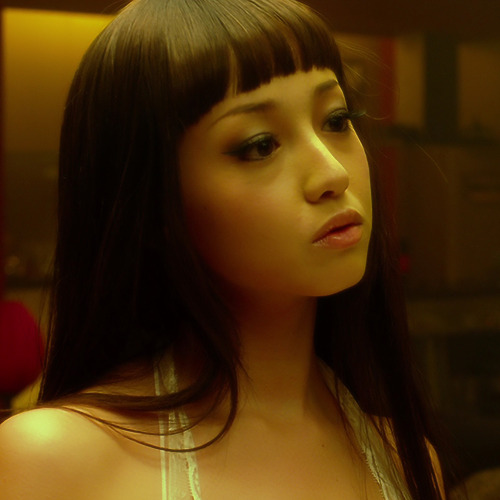





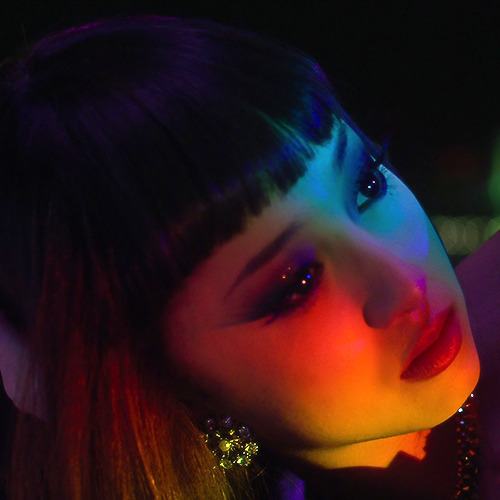


#twitter stuff#twitter icons#without psd#movie icons#icons without psd#halloween#halloween icons#helter skelter#helter skelter 2012#helter skelter icons#LiLiCo#LiLiCo icons#lilico#lilico icons#erika sawajiri#erika sawajiri icons
165 notes
·
View notes
Text









helter skelter (2012) icons
like or reblog if you save/use
#helter skelter#helter skelter 2012#helter skelter icons#lilico icons#erika sawajiri#erika sawajiri icons#movies#films#films icons#movies icons#cinema#cinematography#girls icons#film icons#movie icons
250 notes
·
View notes
Text
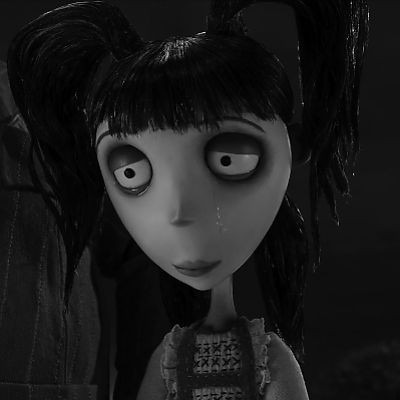




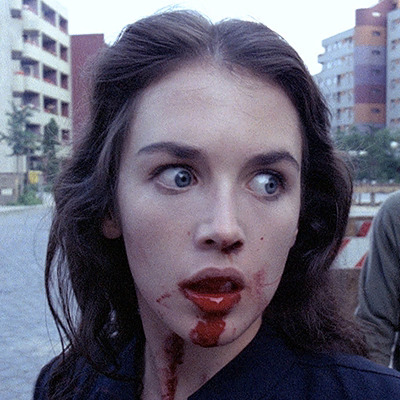
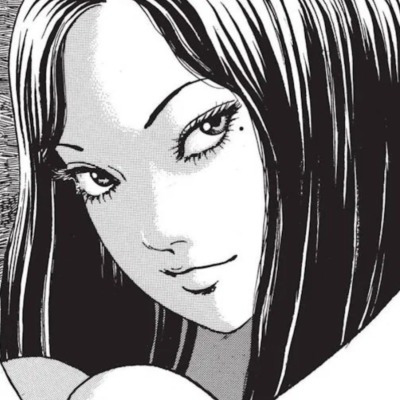


☆★★☆
#aesthetic#moodboard#lq moodboard#icons#anime#manga#frankenweenie#elsa van helsing#carrie#carrie 1976#jennifer check#jennifer’s body#corpse bride#emily#psycho#posession#tomie#helter skelter#helter skelter 2012#lilico#ririco#pumpkin night#spooky icons#halloween icons
157 notes
·
View notes
Text

Helter Skelter
“We’ll be forgotten. We’re machines for the processing of desires.”
Esta película fue originalmente concebida escrita como un manga y adaptada también por mujeres, cosa que me encanta ya que la crítica sociopolítica y cultural que se realiza solo podría haber sido derivada del análisis de mujeres que navegan por este mundo patriarcal, de otra forma hubiera sido una película desde la mirada masculina y habría perdido su sentido y significado por completo. ¡¡Aparte, they could never!!
Me recordó bastante a la película “The Neon Demon” y me hizo pensar en como constantemente el cine estadounidense trata de emular la cultura asiática, hablando específicamente de los filmes japoneses, quedándose demasiado corta una película de la otra, si las ponemos en comparación, ya que Helter Skelter me pareció, por decir poco, muy icónica.
Definitivamente mis cosas favoritas de la película fueron su grandioso sentido estético, destacando bastante toda la dirección artística y fotográfica que hay detrás, con excelentes escenografías, una estética opulenta y exuberante llena de detalles, y ni hablar de todo lo que conlleva el personaje de Lilico, sus outfits son preciosos, su maquillaje y peinados son perfectos, todo eso de la mano de una narrativa excelente, metáforas inteligentes y un dialogo muy acertado y potencialmente citable. ¡quede completamente fascinada!
Aparte de ser una película que te deleita visualmente, destaca temas importantes que actualmente son solo algunos de los problemas mas importantes en la sociedad, tales como:
La pérdida del valor social que nos llega en algún punto con la edad a nosotras las mujeres, la automutilación psíquica, la desconexión progresiva de la humanidad, la soledad, el aislamiento, la tristeza e impotencia, el sentirte podrida por dentro y las expectativas asfixiantes que son parte de buscar la perfección o al menos lo hegemónico y socialmente mas aceptado, una “belleza ideal”.
Así mismo también nos habla de los estándares de belleza, orquestados por deseos patriarcales e influenciados por el capitalismo y como los mismos afectan en la percepción de las niñas y mujeres afectando sus ambiciones y aspiraciones. Nos hacen ver como todo lo anterior puede llegar a causar una competencia entre las mujeres, aparte, también como puede llegar a surgir un pensamiento de comparación y como afecta en la autoestima, haciéndonos creer, que jamás vamos a llegar a ser suficientes, no importa que tan dispuestas estemos a someter nuestros cuerpos (y mentes) a procedimientos y cambios drásticos con tal de aspirar a la perfección.
Menciona también, implícitamente, el tema de la superficialidad entrelazada con la cosificación y mercantilización de las mujeres “hermosas” y el cómo en las culturas asiáticas es más importante generar ídolos por masas que al poco tiempo serán olvidados y desechados.
Para concluir, fue una película que evoco muchos sentimientos en mí, en su mayoría muy buenos y también me sirvió para reflexionar y hacer un poco de introspección en como toda esta situación me ha llegado a afectar hoy en día, con todas las nuevas modas y estéticas a las que se aspira actualmente, que pueden ser tan fugaces como nada, o pueden arraigarse tanto a ti que te terminan afectando de una forma mas profunda de acuerdo a como es que lo percibes.
Es una película muy digerible y amena, con personajes divertidos, también tiene tintes un tanto de comedia muy oscura y perversa, cosa que me encanta :p Lilico es un femcel icon muy infravalorado definitivamente ¡ recomiendo muchísimo verla
5 notes
·
View notes
Photo

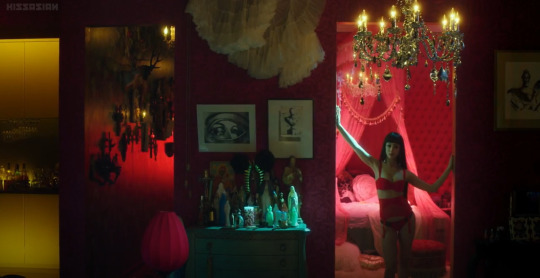




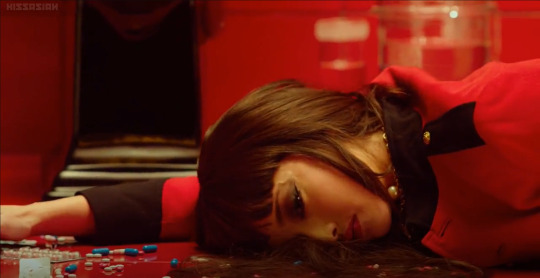

#152 Helter Skelter (Heruta sukeruta) (2012)
Director: Mika Ninagawa
Japan
“We’ll be forgotten, We are machines for the processing of desires.”
“The most fascinating thing about stardom is that it is a kind of deformity, like cancer. A fascinating face in a state of collapse.”
The whole time I’m watching this, I kept thinking about Andy Warhol. This is not a film about the sixties or pop art, but on the phantasmagoria of consumer culture. It’s an old tale – the misfortune that seems to come as part of the dual package of beauty and power. For our main character Lilico, vanity is all consuming; it is the product and process her identity is entrapped in. The emotional / psychological pressure of manufacturing endless prurient fantasies eventually gives way, and comes crashing in upon Lilico’s psyche. It’s an old story, and in this film, one that is not given any real new twist.
What is remarkable about this film is the way it looks. From the opening shots to the end frames it is a visually stunning spectacle. A lush, glossy, neon infused, hyper fabricated spectacle that allures and transfixes the viewer. Every seamlessly perfect photoshopped beauty that stares back at us from a fashion magazine, becomes an important catalyst in this film. The movie becomes a two hour demonstration on the vulgarity and power of beauty, and the control it exerts on the monetization of our desire. Being fashionable could be the downfall of this film. It will probably get dismissed as adolescent, self-consumed, too beautiful and picturesque for its own good; visually too gorgeous on its surface to be taken seriously, too coy to deliver any depth of meaning.
But, hold on a minute. Let’s not forget the main point here. Despite its somewhat predictable storyline, what the film really offers us is seduction. The alluring power of beauty and flawless sensuality. This is escapism. It is what movies have been peddling from day one. It is what fashion keeps dangling in front of its audience – a chance to transcend the ordinary, the ordinariness of ourselves. The mechanisms of spectacle and appeal are like sirens luring men to their watery deaths, the pursuit of desire and beauty becomes all-consuming and the self gets lost. We have seen and experienced this before, and this is what keeps bringing me back to Warhol. Andy Warhol was fascinated by the process and spectacle of fame. The careful manicuring of a dream that is maintained and propagated through the repetitious images of glamour fed to us through media. Repetition and verification help sustain this illusion, and the film’s extensive use of mirrors and reflection emphasize the idea that we the audience, as well as Lilico herself, are transfixed by the power of the image. Much like the Narcissus caught and absorbed by his own reflection, we succumb to the intrigue of the elusive entity – something more perfect, unobtainable.
These reflective mechanisms are exactly what this film delivers. In many ways, its storyline is secondary. One could turn the sound and subtitles off and still be enraptured by the visuals alone.
When we are not bombarded by the lushness of beauty we are pounded by spotlights and strobes, light directed at us as much as a model or a patient on a table. The reverence of the image, the worship of obtainable beauty is given a subtle reinforcement by the religious icons / idols scattered throughout Lilico’s sumptuous neo –Rococo apartment. Perhaps they might just be cheeky props, but there is a serious comparison to be made here. Lilico has an entire wall filled salon –style with images of herself. There are also images of Christ and Mary, their eyes redacted out with black bars. Idols that can see and idols that can’t. A not so subtle correlation to our character, but religious tokens blend well into the glittery décor. Nothing is off limits, not even the sacred – after all what could be more sacred than desire?
Lilico is a monster, an expensive creation born of syringes and expensive clandestine surgeries. she is a creature, a machine programmed for a single task –to disseminate beauty. If successful, fame and popularity are the byproduct of this transaction. But it is a risk that comes with a hefty cost. The ultimate price to be paid for recognition is that of becoming irrelevant, obsolete – no longer the subject of adoration. The film sprinkles in clips of armies of adoring fans, who at any moment can shift their allegiance from praise to scorn. Vicious, vindictive teen age girls, exact a kind of character assassination on their own idol. Where they once manically parodied every tangible nuance of their idol, they now recoil in revolt and en masse move on to the next diversion.
Glamour must be seen to survive, it is relational in nature. This is its one liability. And when it is ignored, it essentially dies. This is the emotional trajectory of Lilico. The rest of the film’s story and characters serve as warnings against vanity’s inevitable downfall. We have built entire cultures / societies on the pursuit of fantasy. It is a monster we have created. It is an idol offering transcendence. This is how beauty wages war against death.
“If you want to know all about Andy Warhol, just look at the surface of my paintings and films and me, and there I am. There’s nothing behind it. “
filmjrnl365.tumblr.com
59 notes
·
View notes